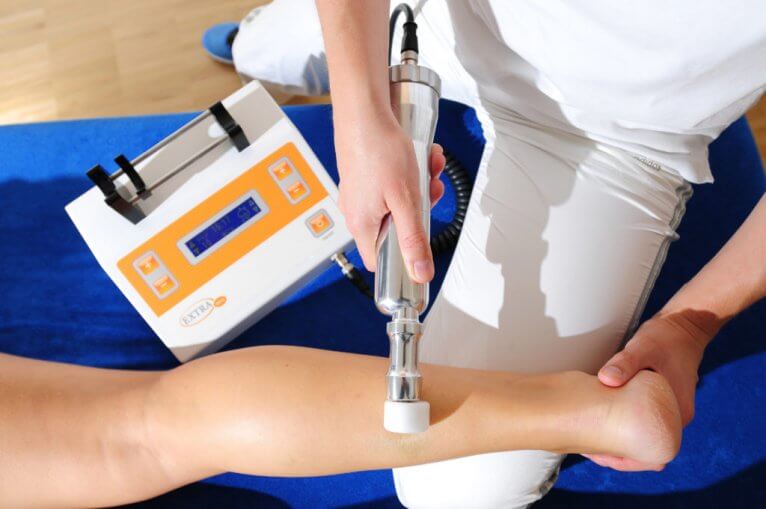
In the realm of physiotherapy, Matrix Therapy is a relatively new yet increasingly popular treatment technique that has garnered attention for its innovative approach to pain management and rehabilitation. This article explores the fundamentals of Matrix Therapy, its benefits, and its applications in physiotherapy.
Understanding Matrix Therapy
Matrix Therapy is a specialized form of treatment used in physiotherapy that focuses on the body’s fascial system—the connective tissue network that supports and connects all muscles, bones, and organs. The concept of Matrix Therapy is based on the idea that dysfunctions in this fascial network can lead to pain, restricted movement, and other physical issues.
The primary goal of Matrix Therapy is to restore the normal function of the fascia, which is crucial for maintaining overall body health and mobility. By addressing fascial restrictions and imbalances, Matrix Therapy aims to improve movement patterns, reduce pain, and enhance physical performance.
The Science Behind Matrix Therapy
The human body is an intricate network of tissues that work together to facilitate movement and maintain stability. Fascia, a type of connective tissue, plays a significant role in this network. It surrounds muscles, organs, and bones, providing support and flexibility.
Over time, various factors such as injury, poor posture, and repetitive strain can cause the fascia to become stiff, restrictive, or misaligned. These issues can lead to pain, reduced range of motion, and functional impairments. Matrix Therapy targets these fascial problems using a combination of manual techniques and therapeutic exercises.
How Matrix Therapy Works
Matrix Therapy involves a comprehensive approach to address fascial restrictions and imbalances. Here’s a look at how it works:
- Assessment: The process begins with a thorough assessment of the patient’s condition. This includes evaluating their posture, movement patterns, and any specific areas of pain or discomfort.
- Manual Therapy: The therapist uses specialized manual techniques to release fascial restrictions and improve tissue mobility. These techniques may include gentle stretching, myofascial release, and soft tissue manipulation.
- Therapeutic Exercises: In addition to manual therapy, patients may be given specific exercises to perform. These exercises are designed to strengthen and stretch the fascia, improve range of motion, and correct movement imbalances.
- Education and Prevention: A crucial part of Matrix Therapy is educating patients about maintaining healthy fascial tissue through proper posture, ergonomics, and lifestyle habits. Preventative measures help to reduce the risk of future issues.
Benefits of Matrix Therapy
Matrix Therapy offers several benefits that contribute to improved physical health and well-being:
- Pain Relief: By addressing the underlying fascial restrictions, Matrix Therapy can help alleviate chronic pain and discomfort. Patients often experience significant reductions in pain following treatment.
- Improved Range of Motion: Stiff or restricted fascia can limit movement. Matrix Therapy helps restore flexibility and range of motion, allowing for more fluid and natural movement.
- Enhanced Performance: Athletes and active individuals can benefit from improved fascial function, which translates to better performance and reduced risk of injury.
- Faster Recovery: For individuals recovering from injury or surgery, Matrix Therapy can accelerate the healing process by promoting efficient tissue repair and reducing scar tissue formation.
- Holistic Approach: Unlike some traditional treatments that focus solely on symptoms, Matrix Therapy addresses the root causes of dysfunction, providing a more comprehensive approach to rehabilitation.
Applications of Matrix Therapy
Matrix Therapy can be used to address a wide range of conditions, including:
- Chronic Pain: Conditions like fibromyalgia, myofascial pain syndrome, and chronic back pain can benefit from Matrix Therapy’s targeted approach to fascial restrictions.
- Sports Injuries: Athletes experiencing injuries such as strains, sprains, and tendonitis can use Matrix Therapy to enhance recovery and prevent future injuries.
- Post-Surgical Rehabilitation: After surgery, patients can use Matrix Therapy to improve mobility, reduce scar tissue, and restore function.
- Postural Issues: Poor posture and musculoskeletal imbalances can be corrected through Matrix Therapy, leading to improved alignment and reduced discomfort.
Getting Started with Matrix Therapy
If you’re considering Matrix Therapy In Pune as part of your physiotherapy treatment, it’s essential to consult with a qualified physiotherapist like The Physio9Clinic who is experienced in this technique. They can assess your condition, develop a personalized treatment plan, and guide you through the therapy process.
Matrix Therapy is a promising option for those looking to address pain and dysfunction through a holistic and innovative approach. By targeting the fascial system and addressing underlying issues, Matrix Therapy offers a path to improved mobility, reduced pain, and enhanced quality of life.
Conclusion
Matrix Therapy represents a significant advancement in physiotherapy, offering a unique approach to pain management and rehabilitation. By focusing on the fascial system, this therapy aims to restore normal function, alleviate pain, and improve overall physical health. If you’re struggling with chronic pain, sports injuries, or postural issues, Matrix Therapy may be a valuable addition to your treatment plan. Consult with a skilled physiotherapist to explore how Matrix Therapy can benefit you and help you achieve optimal health and well-being.







